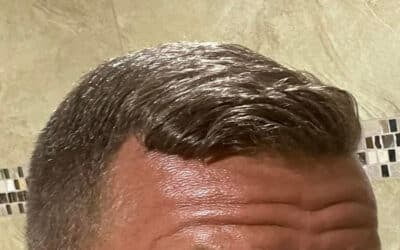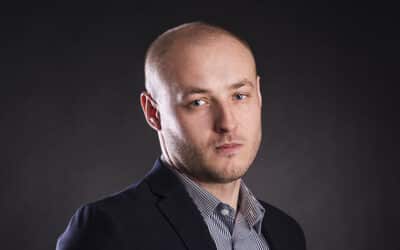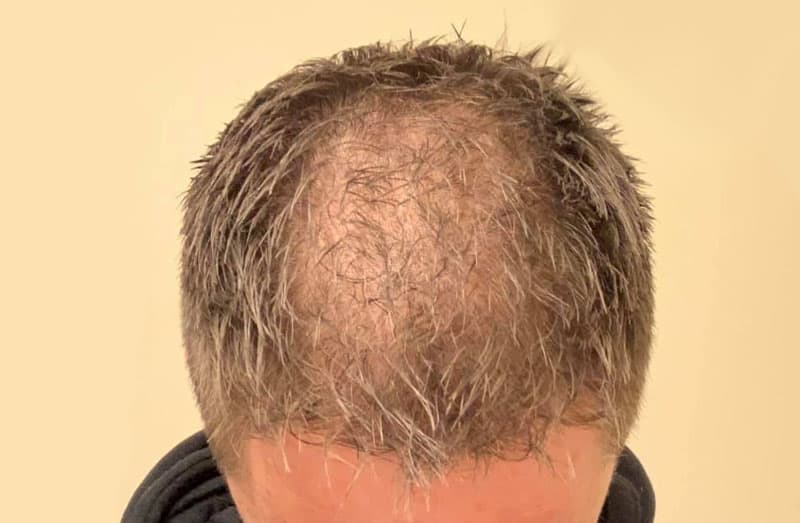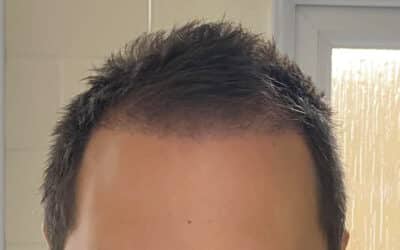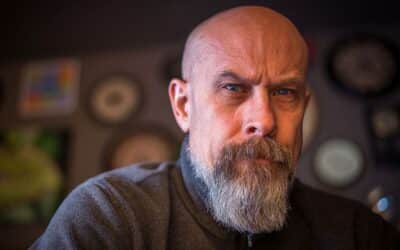Hair transplantation is a popular solution for those experiencing hair loss or thinning hair. It involves taking healthy hair follicles from one area of the scalp and transplanting them to the affected areas. This procedure has evolved over the years, with advancements in technology and techniques, making it for hair transplant surgeons a more accessible and effective option.
As with any medical procedure, there may be questions and concerns that arise when considering a hair transplant. In this document, we have answered some of the most common questions about hair transplantation, specifically in the Los Angeles area.
We will discuss topics such as types of wigs to avoid after surgery, how much hair can be taken from the donor site, potential risks of the procedure, alternative treatments to consider, and incorporating PRP into your hair restoration plan. Our goal is to provide you with comprehensive and reliable information, so you can make an informed decision about your hair transplant journey.
Real Hair Transplant Questions
Question 1 – What can be expected after hair restoration surgery?

After hair restoration surgery, patients can expect some mild side effects and a period of recovery. Immediately after the hair restoration procedure, you may experience some discomfort at the donor site or where hair was transplanted. This is completely normal and can be managed with prescribed pain medication.
Swelling and redness are also common in the first few days following surgery. The surgeon will provide detailed instructions on how to care for your scalp during this time to promote healing and minimize any potential complications.
Patients should avoid strenuous physical activity for at least a week after the surgery to allow their scalp to heal properly. It’s also recommended to avoid exposure to direct sunlight or excessive heat during this time.
Within the first two weeks, the transplanted hairs will shed as part of the normal hair growth cycle. This may appear concerning, but it is a natural process and the new hairs will begin to grow within 3-4 months.
It’s important to note that full results may not be visible until 8-12 months after the surgery, as hair takes time to grow and thicken. Some patients may also require additional sessions to achieve desired density or cover larger areas of balding.
Question 2 – What will it look like after the procedure?

Initially, the scalp may appear red and swollen in the areas where hair was transplanted. This is a normal reaction to the trauma of surgery and will subside within a few days.
The donor site may also have small scabs or crusts, which will gradually fall off as part of the healing process. It’s important not to pick at these scabs as it can affect the success of your transplant.
As mentioned before, the newly transplanted hairs will shed within 2-3 weeks and begin to regrow over time. At around 3 months post-surgery, patients can expect to see some hair growth in the transplanted areas.
It’s essential to follow proper aftercare instructions provided by your surgeon during this time. This may include avoiding hair products or styling tools and gently washing your scalp to keep it clean. Some patients may experience shock loss, which is the temporary shedding of existing hairs due to the trauma of surgery. This usually occurs around 2-3 months after the procedure and can be concerning, but it’s a normal part of the process and new hairs will grow in their place.
Question 3 – Can lifestyle choices cause new hair loss after an FUE hair transplant?
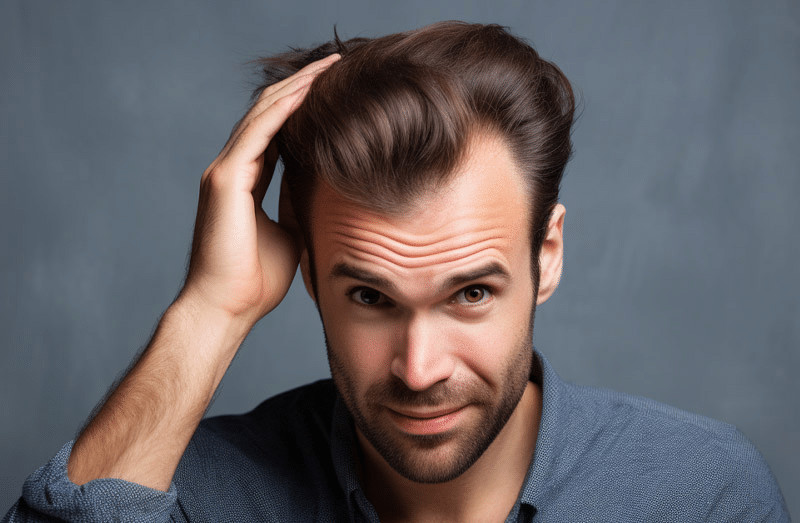
After an FUE hair transplant, it’s essential to take care of your scalp and avoid any lifestyle choices that may hinder the success of the procedure. This includes smoking, excessive alcohol consumption, and using certain hair products.
Smoking has been linked to decreased blood flow to the scalp, which can affect the growth of transplanted hairs. It’s recommended to quit smoking before and after the surgery for optimal results.
Alcohol consumption can also have a negative impact on hair growth as it can dehydrate the body and lead to nutrient deficiencies. It’s important to limit alcohol intake and stay hydrated during the recovery period.
Some hair products contain harsh chemicals or fragrances that can irritate the scalp or cause inflammation. It’s best to avoid using these products for the first few weeks after surgery and then gradually reintroduce them as needed.
Question 4 – When you’re starting to bald, you begin to notice lots of hair loss. When you wash your hair every day, what kind of hair do you find in the water? Younger, thinner hair, or longer older hair?
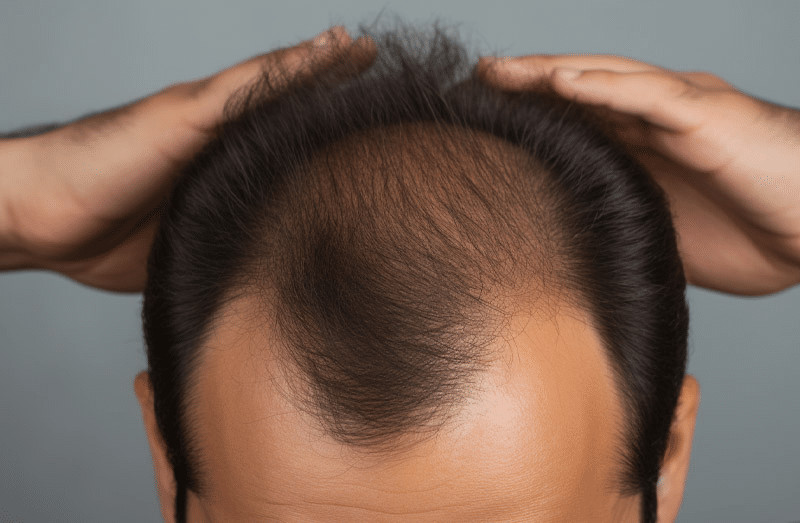
It’s normal for everyone to experience some hair loss when washing their hair, but for those who are starting to bald, it can be a concern. When you wash your hair every day, you may notice an increase in shedding and wonder what type of hair is falling out.
Typically, when someone is experiencing male-pattern baldness (androgenic alopecia), they will notice thinner and shorter hairs falling out during washing. This is because the condition causes miniaturization of hair follicles, resulting in finer and weaker hairs.
On the other hand, longer and thicker hairs may indicate that the individual is not experiencing significant hair loss or thinning. It’s important to pay attention to any changes in your hair and scalp to determine the cause of hair loss and seek appropriate treatment.
Hair grafts that are used in an FUE hair transplant contain genetically resistant hairs from the donor site, which are not affected by male hormones. Therefore, they will continue to grow normally even after being transplanted into areas prone to balding.
Consulting with a hair restoration specialist can help diagnose any issues and develop a personalized treatment plan to address them promptly. It’s important to take care of your scalp before and after surgery, follow all aftercare instructions provided by your surgeon, and maintain a healthy lifestyle for optimal results.
Question 5- For those of you who wore hats after their hair transplant, when did you start to do so? I saw multiple people say they waited around 10 days. Is this accurate?

After an FUE hair transplant, it’s common for patients to want to cover their scalp with a hat during the recovery period. However, it’s essential to follow your surgeon’s post-surgery instructions and avoid wearing hats for at least the first week.
The first few days after surgery are crucial for proper healing and allowing blood flow to reach the newly transplanted hairs. Wearing a hat during this time can cause friction or pressure on the scalp, which can lead to complications or affect the success of the hair transplantation surgery itself.
Around 10 days post-surgery, patients can usually start wearing hats again as long as they are not too tight or restrictive. It’s important to choose a loose-fitting hat made from breathable material to prevent any irritation or discomfort on the scalp.
It’s also recommended to avoid wearing hats for extended periods and take breaks to allow your scalp to breathe. Following these guidelines can help ensure proper healing and optimal results from your hair transplant procedure. Always consult with your surgeon before making any decisions about wearing hats or other head coverings during the recovery period.
Question 6 – Did anyone not cut their hair at all on top after their hair transplant? Referring to if they just had the front area done. If so, would you recommend it and what made you do it?
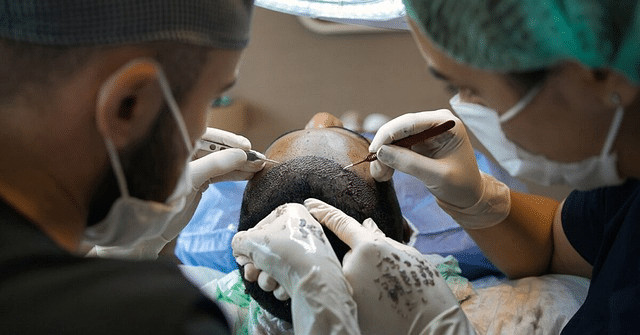
After an FUE hair transplant, it’s common for patients to want to cut their hair on top to allow for easier maintenance and to blend in the transplanted hairs. However, some individuals may choose not to cut their hair at all after a hair transplant.
Not cutting all the hair off on top after a front area transplant can be beneficial as it allows for better coverage of any scabs or redness that may occur during the healing process. It also helps maintain privacy and avoid questions from others about the surgery.
Some patients may also choose not to cut their hair because they have long enough hair to cover the transplanted area without it being noticeable. This can also help with maintaining a natural-looking appearance during the recovery period.
However, it’s important to note that not cutting the hair may lead to a longer and sometimes messier recovery process. It can also make it more challenging to follow post-surgery instructions, such as washing and taking care of the scalp.
Whether or not to cut your hair after an FUE hair transplant is a personal decision. It’s essential to discuss this with your surgeon beforehand and consider any potential pros and cons based on your individual situation and desired results. Following proper aftercare instructions provided by your surgeon is crucial for successful healing and achieving optimal results from the hair transplant surgeon and procedure.
Question 7 – It’s been three weeks since my hair transplant procedure. I had a 4.2k grafts FUE and understand it will take time for my donor area to heal. However, I’m having constant worries about the overharvesting of the donor area. Should I be worried?
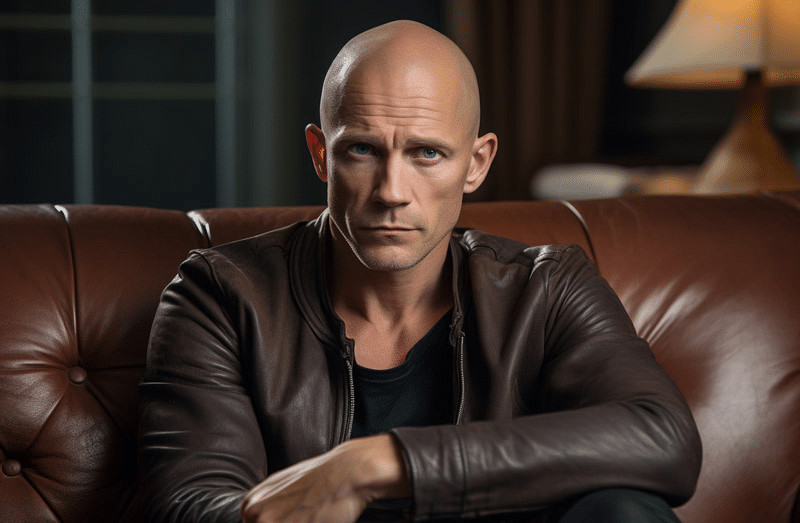
It’s normal to have concerns and questions after a hair transplant procedure, especially during the recovery period. It’s essential to understand the healing process and what to expect to alleviate any worries or doubts.
In an FUE hair transplant, individual follicular units are extracted from the donor site, usually at the back of the scalp, and transplanted into the recipient area. The donor area is known for its high density of healthy hairs that are resistant to male hormones, making it an ideal source for transplantation.
During the extraction process, your surgeon will carefully select and extract grafts while preserving the surrounding tissue. This ensures minimal damage to the donor area and allows for proper healing.
It’s normal for some mild redness, scabbing, or tenderness to occur in the donor area after a hair transplant. However, if you experience excessive pain, bleeding, or infection in the donor area, it’s important to contact your surgeon immediately.
As for concerns about overharvesting of the donor area, it’s crucial to follow proper aftercare instructions provided by your surgeon to allow for proper healing and minimize any potential complications. If you have any specific concerns about your donor area during the recovery period, it’s best to consult with your surgeon for peace of mind and reassurance.
Remember that it takes time for the hair growth cycle to kick in and see the full results of a hair transplant. Be patient and maintain a healthy lifestyle while following post-surgery care instructions for the best possible outcome.
Question 8 – How long did your transplanted area remain red? I’m 3 weeks post-op, but it’s way redder now than when I had the hair transplant done. Any advice on how to hide this or reduce the redness?

Redness is a common side effect after an FUE hair transplant and can vary from patient to patient. It’s typically caused by the tiny blood vessels in the scalp that are damaged during the extraction process.
The intensity and duration of redness can depend on factors such as your skin type, healing process, and individual response to plastic surgery itself. It may also be more noticeable in fair-skinned individuals or those with a history of skin sensitivity.
In most cases, the redness will subside within a few weeks to a few months after the procedure. However, it’s normal for it to appear more intense in some patients around the third week post-op before gradually fading away.
To reduce redness or hide it while it’s still present, you can try using camouflage products specifically designed for post-surgery redness. These products are often available in makeup or skincare stores and can help conceal the redness temporarily.
It’s also essential to avoid any harsh chemicals or irritants on the scalp during this time, such as hair dyes or styling products. Following proper aftercare instructions provided by your surgeon is crucial in allowing the redness to subside naturally without any complications.
If you have concerns about excessive redness or prolonged duration of redness after three weeks post-op, it’s best to consult with your surgeon for guidance. They may recommend specific treatments or medications to speed up the healing process and alleviate any discomfort caused by the redness. With patience and proper care, the redness will eventually fade, and you’ll be left with natural-looking results from your hair transplant.
Question 9 – My donor area and sides are pretty thick. However, I’m still debating if it’s worth it to get a hair transplant or if I should just shave it and get SMP. What’s the best course of action?

Deciding whether to get a hair transplant or opt for scalp micropigmentation (SMP) can be a tough decision. Both options have their pros and cons, and it’s essential to consider your individual situation and desired results before making a choice.
A hair transplant is a surgical procedure that involves extracting and transplanting healthy hair follicles from the donor area to the recipient area with thinning or balding areas. This allows for natural-looking hair growth in the transplanted area, giving patients long-lasting results.
On the other hand, SMP is a non-surgical cosmetic procedure that uses specialized pigments applied to the scalp to mimic the appearance of real hair follicles. It’s often used for those with thinning hair or bald patches to create the illusion of a fuller head of hair.
If you have thick donor hair, it’s likely that you are a good candidate for an FUE hair transplant. However, it’s essential to consider factors such as your age, family history of hair loss, and the extent of your balding before deciding on a course of action.
A hair transplant is a more permanent solution but does come with potential risks and downtime associated with any surgical procedure. SMP is non-invasive and offers quick results without any surgery or recovery time. However, it may need touch-ups every few years to maintain its appearance.
Question 10 – What were the guidelines your doctor gave you for sweating and exercise post-operation?

After a hair transplant, it’s important to follow your doctor’s guidelines for sweating and exercise to ensure proper healing and optimal results.
In general, it’s recommended to avoid strenuous exercise or activities that cause excessive sweating for the first week after the procedure. This includes activities such as running, weightlifting, or hot yoga. Sweating can irritate the scalp and potentially disrupt the healing process.
After the first week, light exercise such as walking is usually permitted. However, it’s important to avoid any direct pressure or friction on the scalp during this time.
Around two weeks post-op, most patients are able to resume their normal exercise routine with caution. It’s best to consult with your surgeon before starting any intense physical activity to ensure it’s safe and won’t affect the healing process.
As for sweating, it’s important to keep the scalp clean and dry during the first few weeks after the procedure. This may mean taking more frequent showers or using a gentle cleanser recommended by your surgeon. Avoiding excessive sweating can help prevent any potential infections or irritation on the scalp.
It’s also important to avoid any exposure to direct sunlight during this time. If you must be outdoors, make sure to wear a hat or use sunscreen on the scalp to protect it from UV rays.
Question 11 – How long do I have to sleep upright after a hair transplant?
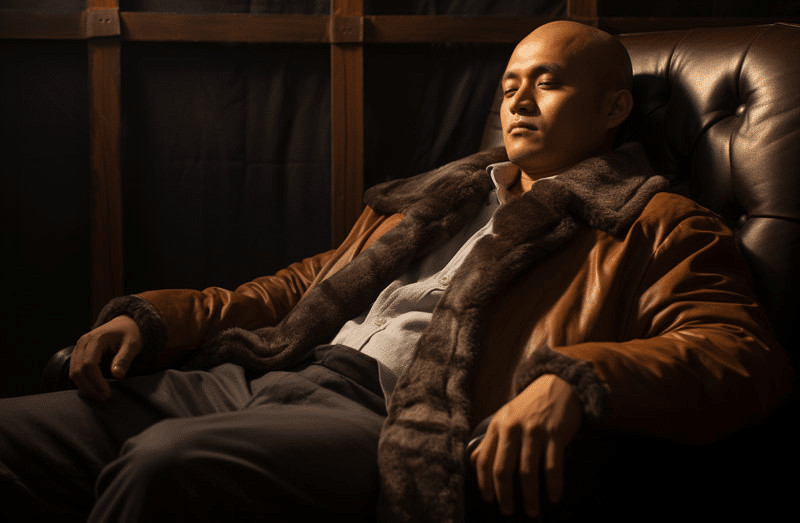
After a hair follicle transplant, it’s recommended to sleep upright for the first few days to reduce swelling and prevent any damage to the newly transplanted hair follicles. This is because lying flat can increase blood flow to the scalp, potentially causing swelling or bleeding.
The exact amount of time you should sleep upright may vary depending on your individual healing process and your surgeon’s instructions. In most cases, patients are advised to sleep upright for at least three nights after the procedure. Some may need to continue sleeping in an upright position for up to a week.
To sleep upright comfortably, you can use pillows or a recliner chair to elevate your head while keeping your back supported. It’s also important to avoid any direct pressure on the scalp while sleeping, so using a travel pillow or neck pillow can help provide additional support.
Keeping your head elevated during sleep can also help reduce discomfort and pain associated with the hair transplant procedure. It allows for better blood flow to the scalp, promoting faster healing and minimizing any potential side effects.
After the initial period of sleeping upright, you may gradually transition back to sleeping in a flat position. However, it’s important to continue avoiding direct pressure on the scalp and taking precautions such as using a soft pillow or avoiding lying on your side or stomach.
It’s best to follow your surgeon’s specific instructions for post-operative care and ask them any questions or concerns you have about sleeping after a first hair transplant surgery. With proper care and patience, you’ll be on your way to a successful and comfortable recovery after your hair transplant procedure.
Question 12 – Will I need more than one hair transplant to achieve the results I’m looking for?
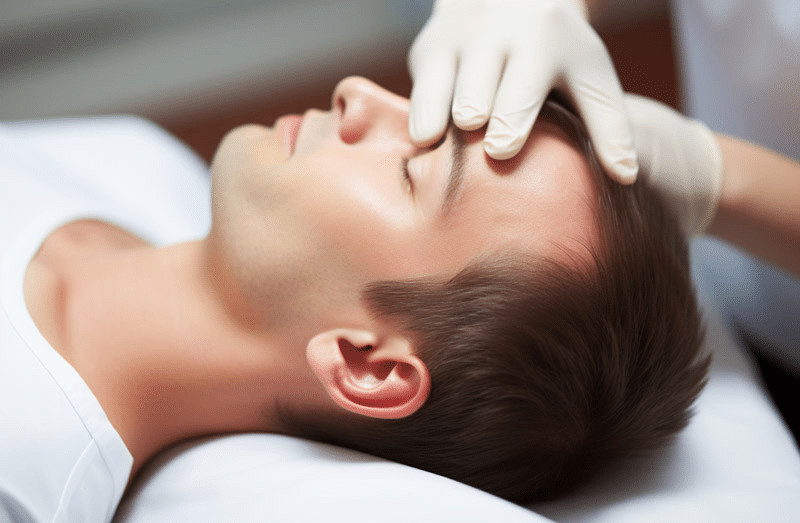
The number of hair transplants needed to achieve desired results varies for each individual and depends on various factors such as the extent of hair loss, donor hair availability, and the patient’s expectations.
In some cases, one hair transplant may suffice to provide satisfactory results. However, others may need more than one hair transplant cost one session to achieve their desired level of density or coverage.
It’s important to have realistic expectations when considering a hair transplant. While it can provide natural-looking results, it’s not a quick fix or a permanent solution for severe hair loss. The final outcome also depends on the quality and quantity of your existing donor hair.
If you have significant thinning or balding throughout your scalp, you may need multiple sessions spaced several months apart to achieve optimal results. Your surgeon will be able to assess your individual situation and provide a personalized treatment plan based on your specific needs.
It’s also essential to keep in mind that hair loss is an ongoing process, and new areas of thinning or balding may develop over time. In such cases, additional hair transplant procedures may be necessary to maintain a consistent appearance.
Factors like age, family history of hair loss, and medical conditions can also affect the success of a single hair transplant procedure. Your doctor will consider all these factors before recommending any additional treatments or surgeries.
Question 13 – Is density more important than thickness for hair transplants?
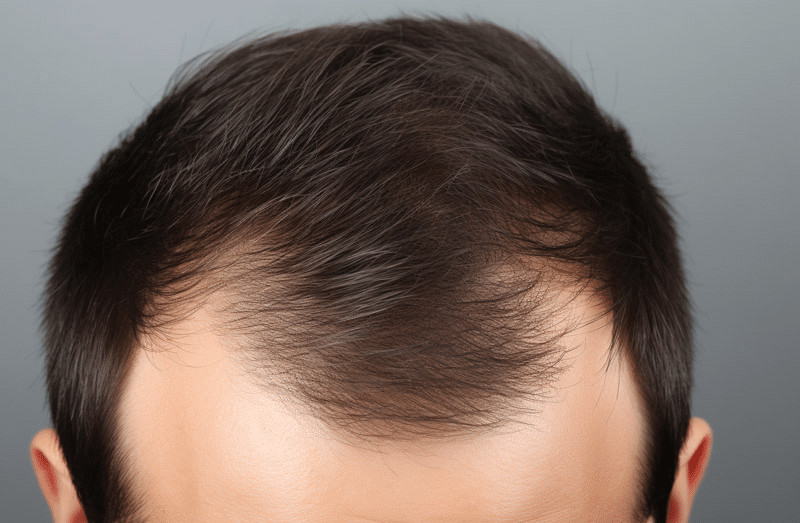
When it comes to hair transplants, both density and thickness are important factors that contribute to achieving natural-looking results. However, they each play a different role in the overall outcome.
Density refers to the number of hairs per square centimeter on the scalp. The higher the density, the more closely packed the hairs are, giving the appearance of fuller and thicker hair. Generally, a higher density is desired for a more natural and undetectable result.
On the other hand, thickness refers to the diameter or width of individual hairs. Thicker hair shafts can provide better coverage and volume compared to finer hair strands. It also contributes to creating a more youthful and healthy-looking head of hair.
Both density and thickness are important considerations for a successful hair transplant. A skilled surgeon will take into account a patient’s natural hair characteristics and the desired result to determine the best approach for achieving optimal density and thickness.
In some cases, a higher density may be more critical, while in others, thicker hairs may play a more significant role in creating volume and coverage. The key is to find the right balance based on each individual’s unique situation.
It’s also worth noting that both density and thickness can vary throughout different areas of the scalp. For example, the back of the head usually has a higher density compared to the temples or crown area. Your surgeon will carefully plan and place grafts accordingly to create a seamless and natural-looking result.
Question 14 – Is it safe to use Nioxin shampoo and conditioner after hair transplant operations?

Nioxin is a popular brand of hair products that claims to improve the overall health and thickness of hair. They offer a range of shampoos, conditioners, and treatments specifically marketed for thinning hair and hair loss.
After undergoing a hair transplant procedure, it’s normal to be cautious about using any new product on your scalp. However, when it comes to Nioxin shampoo and conditioner, there is no evidence to suggest that they are harmful or unsafe for use after a FUE hair transplants.
In fact, some doctors may even recommend Nioxin products as part of their post-operative care instructions. This is because Nioxin contains ingredients like biotin, niacin, and caffeine which have been shown to promote hair growth and improve overall scalp health.
However, it’s important to note that Nioxin is not a substitute for medical treatment or surgery for hair loss. It may help improve the appearance of existing hair but will not regrow lost hair or prevent further hair loss.
If you do decide to use Nioxin products after your hair transplant, be sure to follow your surgeon’s instructions for post-operative care carefully. This may include waiting a certain amount of time before using any new products on your scalp or avoiding direct contact with transplanted grafts.
Additionally, keep in mind that every individual’s scalp can react differently to different products. If you experience any irritation or discomfort while using Nioxin shampoo or conditioner, stop use immediately and consult with your doctor.
Question 15 – Is it safe to wear a wig to cover a transplant as it heals?

Wearing a wig after a hair transplant is a common concern for many patients. While it may seem like a convenient and immediate solution to cover any post-operative scarring or temporary hair loss, there are some important factors to consider.
Firstly, it’s essential to follow your surgeon’s post-operative care instructions carefully. This typically includes avoiding any direct contact with the transplanted area for a certain amount of time to allow proper healing and growth. Wearing a wig too soon can disrupt this process and potentially damage grafts.
Moreover, wearing wigs that are tight or ill-fitting can also put pressure on the scalp and interfere with blood flow, which is crucial for proper healing. This can also lead to discomfort and even cause damage to the newly transplanted grafts.
If you do wish to wear a wig during the healing process, it’s best to consult with your surgeon first. They may be able to recommend specific types of wigs or provide guidance on when it is safe to start wearing one.
It’s also important to note that not all wigs are created equal. Some wigs are made with low-quality materials or can be too heavy for the scalp, which can lead to irritation and potential damage. It’s best to invest in a high-quality wig that is specifically designed for post-surgical use.
Contact Best Hair Transplant With Your Hair Restoration Surgery Questions

If you have any further questions or hair transplant faqs concerns about hair replacement in Los Angeles, our team at Best Hair Transplant is here to help. We are dedicated to providing top-quality care and personalized treatment plans for each of our patients.
We understand that undergoing a hair transplant can be a big decision, and we are committed to guiding you through every step of the process. Our experienced surgeons use the latest techniques and technologies to ensure natural-looking results with minimal downtime.
Don’t let hair loss affect your confidence and quality of life. Contact us today to schedule a consultation and learn more about how we can help you achieve your desired hair restoration goals. Let us be a part of your journey towards fuller, thicker, and healthier hair! So don’t hesitate to reach out to our team for expert guidance on your hair restoration procedures and replacement journey.

